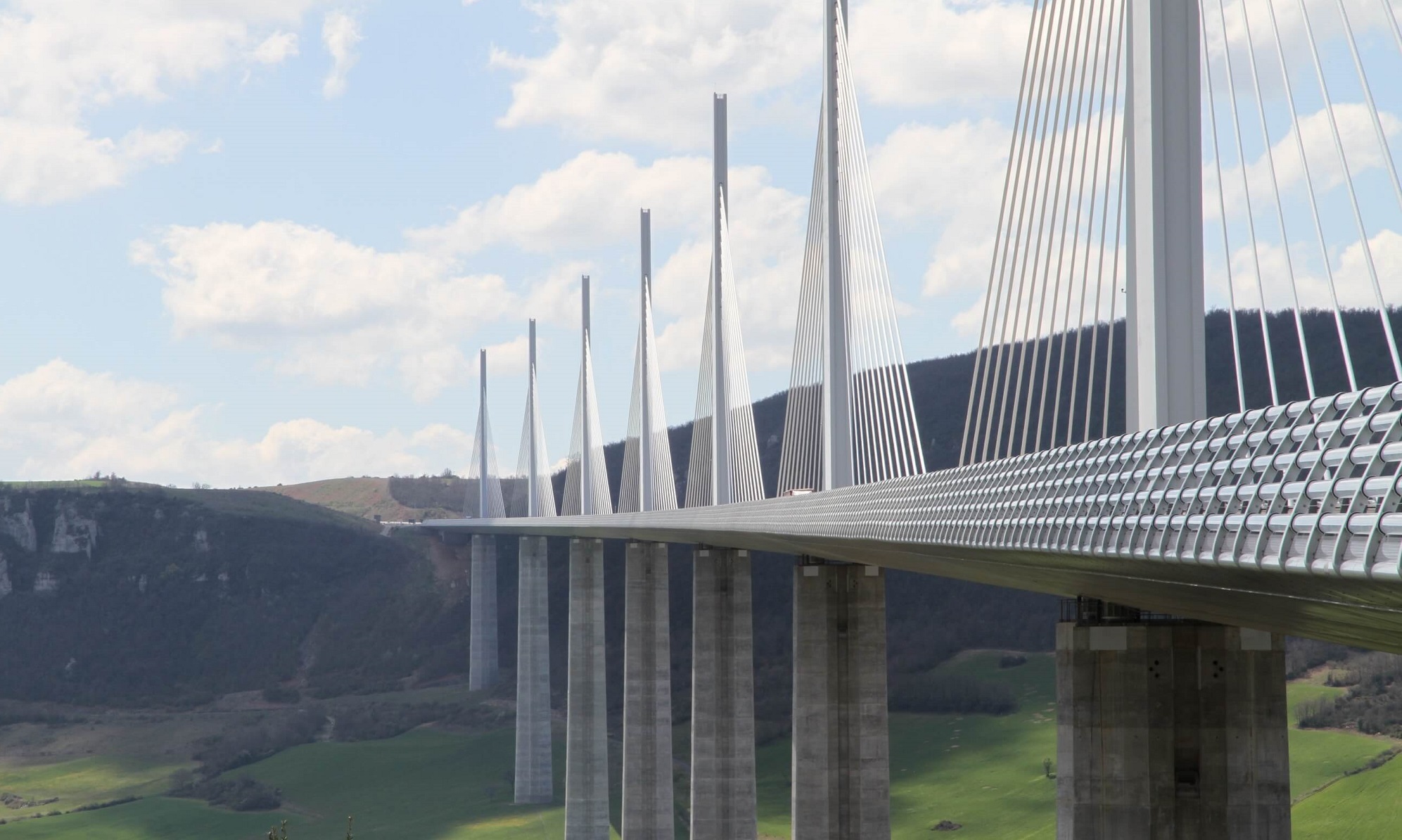Bridge-Building CEOs Unite Divided Management Teams to Succeed
This is one of our free-to-access content pieces. To gain access to all Ideas for Leaders content please Log In Here or if you are not already a Subscriber then Subscribe Here.

Top management teams with entrenched knowledge bases tend to break into knowledge-based subgroups. CEOs by virtue of their integrative characteristics may be able to reconcile the differences and overcome the potentially negative effects. This study shows that there is more than meets the eye when it comes to the effects of knowledge diversity in management teams at multinational enterprises.
Diverse backgrounds on top management teams (TMT) can lead to the creation of knowledge-based faultlines. These faultlines are the result of top managers clustering into TMT subgroups based on shared knowledge and expertise. Researchers debate whether these subgroups are positive or negative: some believe the subgroups allow better information processing, while others believe that they fragment the TMT’s knowledge.
A third point of view argues that companies can overcome TMT faultlines if the management team can find productive common ground that benefits the organization. Helping top managers find that productive common ground is a task best left to the overall leader of a top management team: the CEO.
Top managers with distinct knowledge bases may often struggle to achieve optimal performance outcomes, particularly if team members’ individual knowledge backgrounds are strongly entrenched. This can lead to the creation of knowledge-based faultlines in top management teams (TMT). Knowledge faultlines in TMTs may give rise to subgroup formation and indecisiveness that negatively impact performance. However, CEOs can mitigate and even reverse these potentially negative effects of knowledge diversity. To do so, CEOs need to possess integrative characteristics such as shared team experience, diverse career backgrounds, and demographic similarity with the average team member.
A research team from the University of St Gallen and the University of Reading’s Henley Business School shows that TMTs with entrenched knowledge bases may often struggle to achieve high performance, unless they are operating under the leadership of a CEO with strong integrative characteristics.
What sets these bridge-building CEOs apart from other CEOs is the relational (CEO-TMT similarity), informational (CEO experience variety), and socialization (CEO-TMT shared experience) ‘interface’ between the CEO and other TMT members. In other words, CEOs can effectively manage disparate TMT subgroups if these CEOs…
The research study was based on data collected on the CEOs and top management teams of 97 large international firms from four European countries (Germany, the Netherlands, Switzerland and the UK) and covering the years 2005-2009. The data was acquired from a variety of sources, including annual reports, corporate websites, and archival sources such as LexisNexis and Who’s Who in Europe.
Building on this data, the research team was able to statistically link the three CEO elements above — socio-demographic similarity between CEOs and their top management teams, CEO career experience variety and overlapping team tenure — to positively impact the relationship between TMT knowledge faultlines and firm performance.
There are important implications for multinational enterprises and other firms that wish to reap the benefits of knowledge diversity in teams. Diversity needs to be carefully managed to avoid that the challenges and costs of entrenchment and subgroup formation do not outweigh the benefits of gaining access to diverse knowledge, experience, and resources.
The key variable between low and high firm performance in these situations is the ability of the CEO to build bridges. That ability, this study shows, depends on the ‘fit’ between the CEO and the rest of the top managers based on similarity, experience variety and shared experience. Given the positive impact of overlapping tenure, one of the implications of the research is that if CEOs are given more time, they can learn about the knowledge and information held by the TMT and overcome some of the problems related to the group’s faultlines.
The study also emphasises the importance of selecting the right team leaders, who are able to effectively reconcile the individual knowledge backgrounds of team members and take advantage of the potential value in such differences. A firm hiring a new CEO, for example, may want to give that CEO the freedom to compose a TMT that gives the new leader a head start in building bridges with the eventual subgroups that might form.
In general, TMT knowledge faultlines are counterproductive. However, a company that can manage the challenges of a top management team with diverse knowledge and backgrounds will benefit from the creativity and innovation that such diversity brings. In the long run, such a company will perform better than any company that avoids diversity.

Ideas for Leaders is a free-to-access site. If you enjoy our content and find it valuable, please consider subscribing to our Developing Leaders Quarterly publication, this presents academic, business and consultant perspectives on leadership issues in a beautifully produced, small volume delivered to your desk four times a year.

For the less than the price of a coffee a week you can read over 650 summaries of research that cost universities over $1 billion to produce.
Use our Ideas to:
Speak to us on how else you can leverage this content to benefit your organization. info@ideasforleaders.com